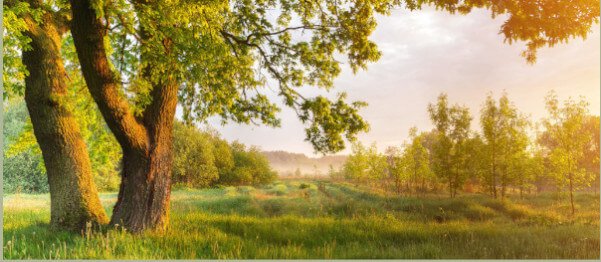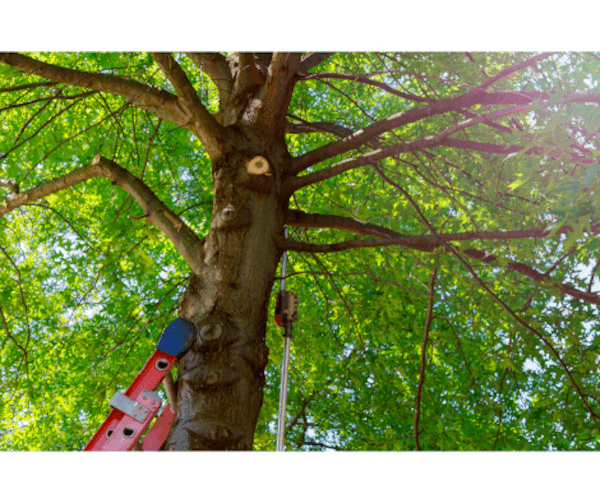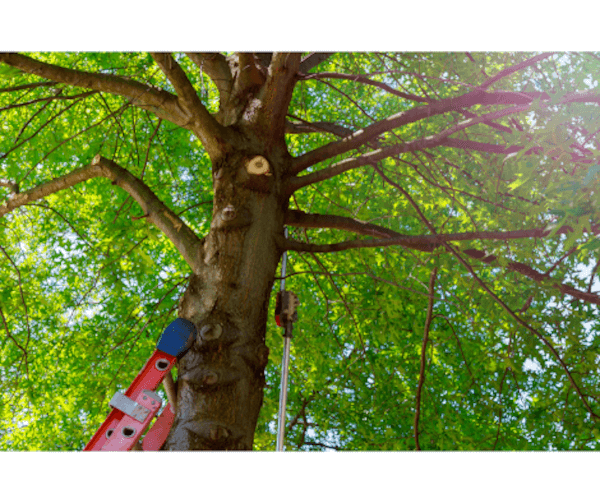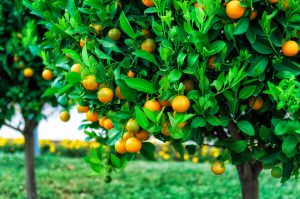Phytophthora root rot is a disease of many trees and shrubs. The disease derives its name from the Greek language and literally means “plant destroyer.” As such, this is a fitting name for the pathogen, which can kill its host by growing through the roots upward. Phytophthora root rot thrives in wet and poorly drained soil conditions and attacks a wide range of species.
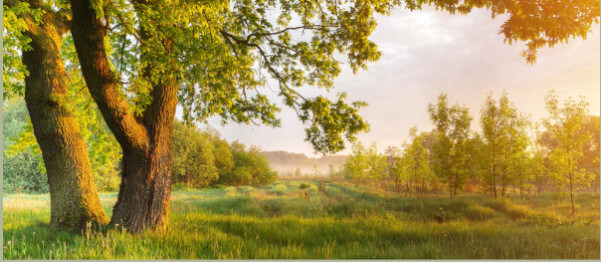
Evidence of phytophthora root rot on yews.
Most Susceptible Tree and Shrubs Species
azaleaboxwoodconifersdaphnedogwoodhollyjunipertaxusrhododendron
A soil-borne microorganism, Phytophthora species are more closely related to brown algae than to fungi. Phytophthora root rot grows and produces spores under wet soil conditions. The spores (known as zoospores) have flagella that allow them to easily move through water. First, the zoospores germinate and infect fine roots. When conditions favor development of the pathogen, it will progress into larger roots, the root flare and even into the stem. Consequently, a serious infection that has spread throughout the root system can cause the eventual death of the plant.
Plants with root disease appear as unhealthy; leaves will become yellow and stunted, and new growth slows. Further, the roots of affected plants will be black and shriveled. Symptoms will vary based on the type of tree or shrub impacted.
Preventing and Treating Phytophthora Root Rot
Phytophthora species can persist in the soil for many years, spreading to nearby plants when it rains or plants are watered. With this in mind, it is particularly important to pay attention to the soil conditions in which your trees and shrubs are growing. To further protect your plants, ensure trees and shrubs live in well-drained soils that are amended with organic matter. Additionally, you should carefully monitor irrigation to prevent saturated soil.
Plants exhibiting early stages of root disease may respond well to soil treatments with systemic fungicides and cultural practices. However, plants with later stages of disease are unlikely to recover. Therefore, preventive management is the best course of action. The most essential step to protecting plants from Phytophthora root rot is maintaining good soil drainage.
The post Phytophthora Root Rot Disease first appeared on Tree Topics.
Did you miss our previous article…
https://www.cortlandaunz.com/?p=210
